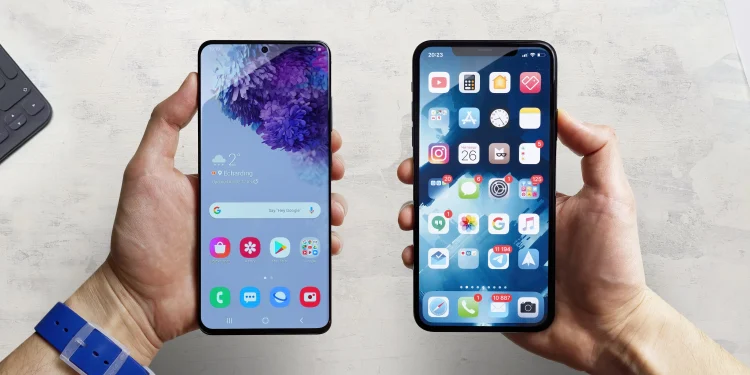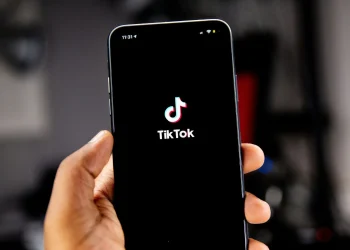Most people do not buy phones for specs. They want something simple, reliable, and good value. Android and iPhone both offer this, but in very different ways. For the casual user, the everyday experience becomes the real divider
How Each System Shapes the Daily Journey
iPhone creates a controlled, unified environment. Everything works in a predictable way. Apple decides the rules and keeps the device behaviour consistent. This benefits users who do not want to tweak settings or manage complex options.

Android takes the opposite route. It gives users more freedom and lets brands add their own touches. This creates choice, but it also means the experience changes depending on the manufacturer. A Samsung user and a Pixel user will not feel the same, even though the phones run Android.
The Simplicity Question Most People Care About
iPhone is simple, clean, and straightforward. A casual user does not need to think about storage management, updates, or app behaviour. Apple handles most things automatically. The closed system also means fewer surprises and fewer interruptions.
Android offers simplicity, too, but it depends on the device. Google’s Pixel phones are the closest to iPhone-level simplicity. Other brands may add features, apps, and custom layers that create choice, but also complexity. Casual users often notice this difference when they switch brands.
Camera and Media: Two Very Different Approaches
iPhone focuses on consistency. The camera system prioritises natural colour and stable performance across apps. Social platforms tend to favour iPhone optimisation, which improves daily usage for casual users who take photos or record short videos.
Android gives more tools and more control. Some Android devices offer better zoom, higher megapixels, or stronger night performance. But results differ between brands. A casual user may get a great camera, but they may also need time to understand the options.
Battery and Performance in Real Life
iPhones maintain strong performance even as they age. Apple controls both hardware and software, so optimisation lasts longer. Most casual users notice fewer slowdowns over time.
Android varies widely. High-end Android phones match or exceed iPhone performance. Budget models may slow down faster. Casual users who choose Android often do so for price, but the long-term experience may differ across devices.
Value and Price: Where the Divide Sharpens
Android offers choice across every price point. This is the biggest advantage for casual users. A user can spend modestly and still get a reliable device with a modern design.
iPhone stays at higher price tiers, but the long-term value remains strong. Software support lasts many years. Resale value stays high. The upfront cost is higher, but the total lifespan can balance the difference.
Which One Fits the Casual User Better?
A casual user who wants predictability, simplicity, and long-term reliability will likely be more comfortable with an iPhone.
A casual user who values flexibility, affordability, and variety will find Android a better fit.
Both platforms deliver strong everyday performance, but they solve problems in different ways. The right choice depends on whether the user wants a device that stays out of the way or a device that adapts to their personal preferences.












